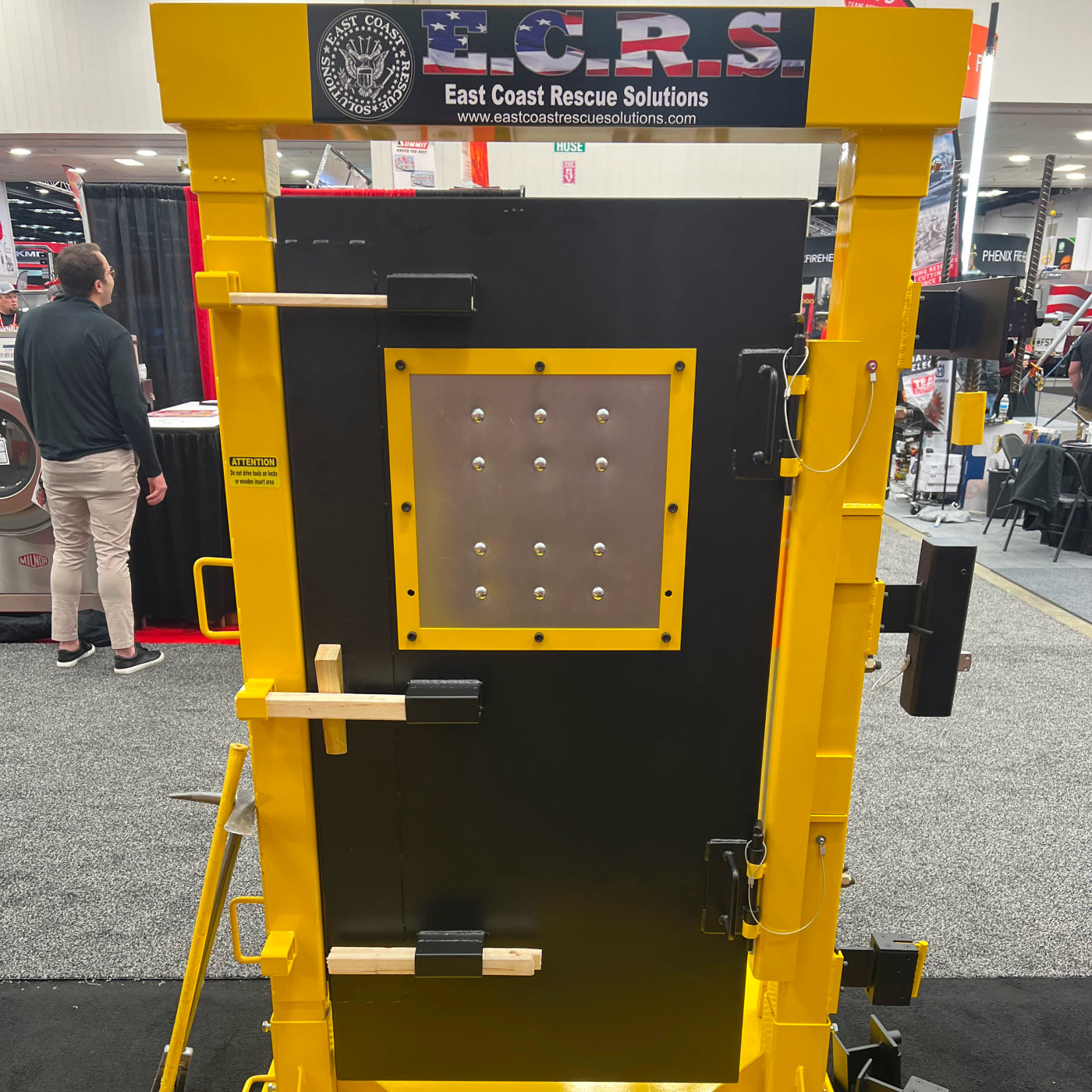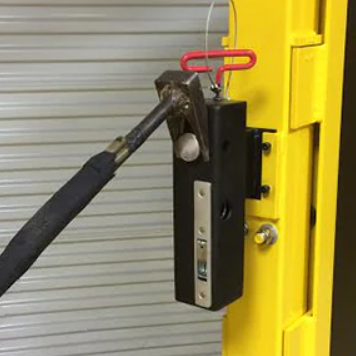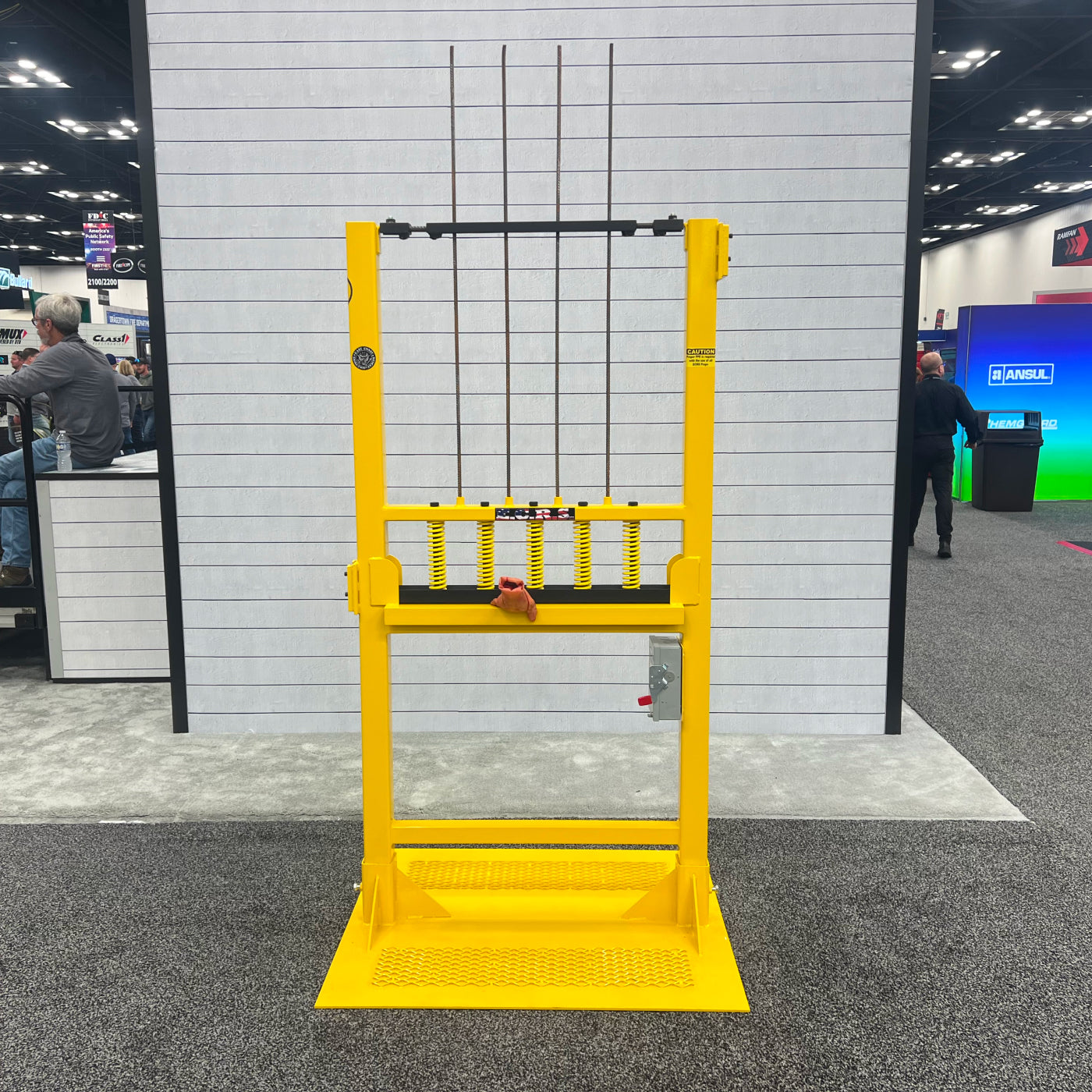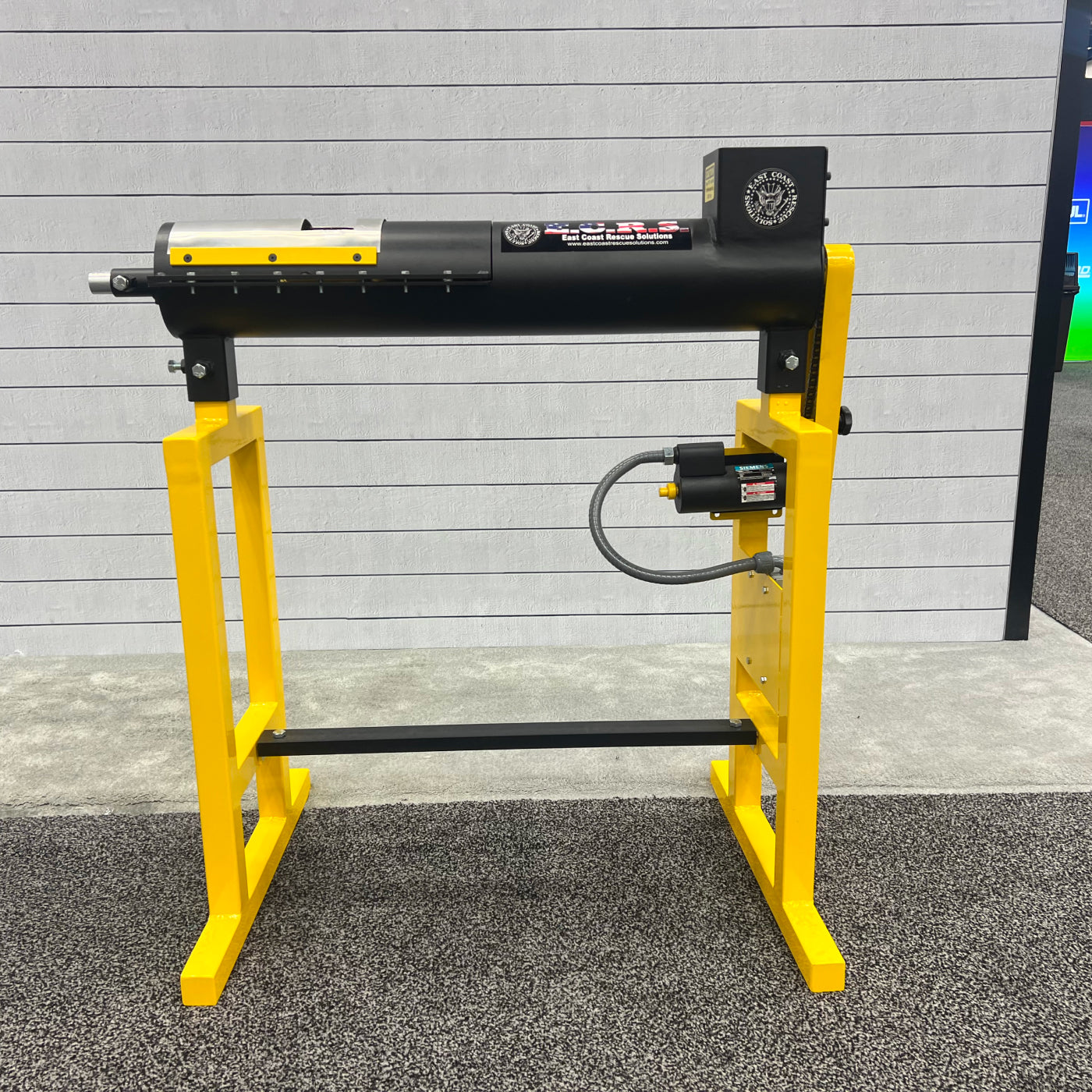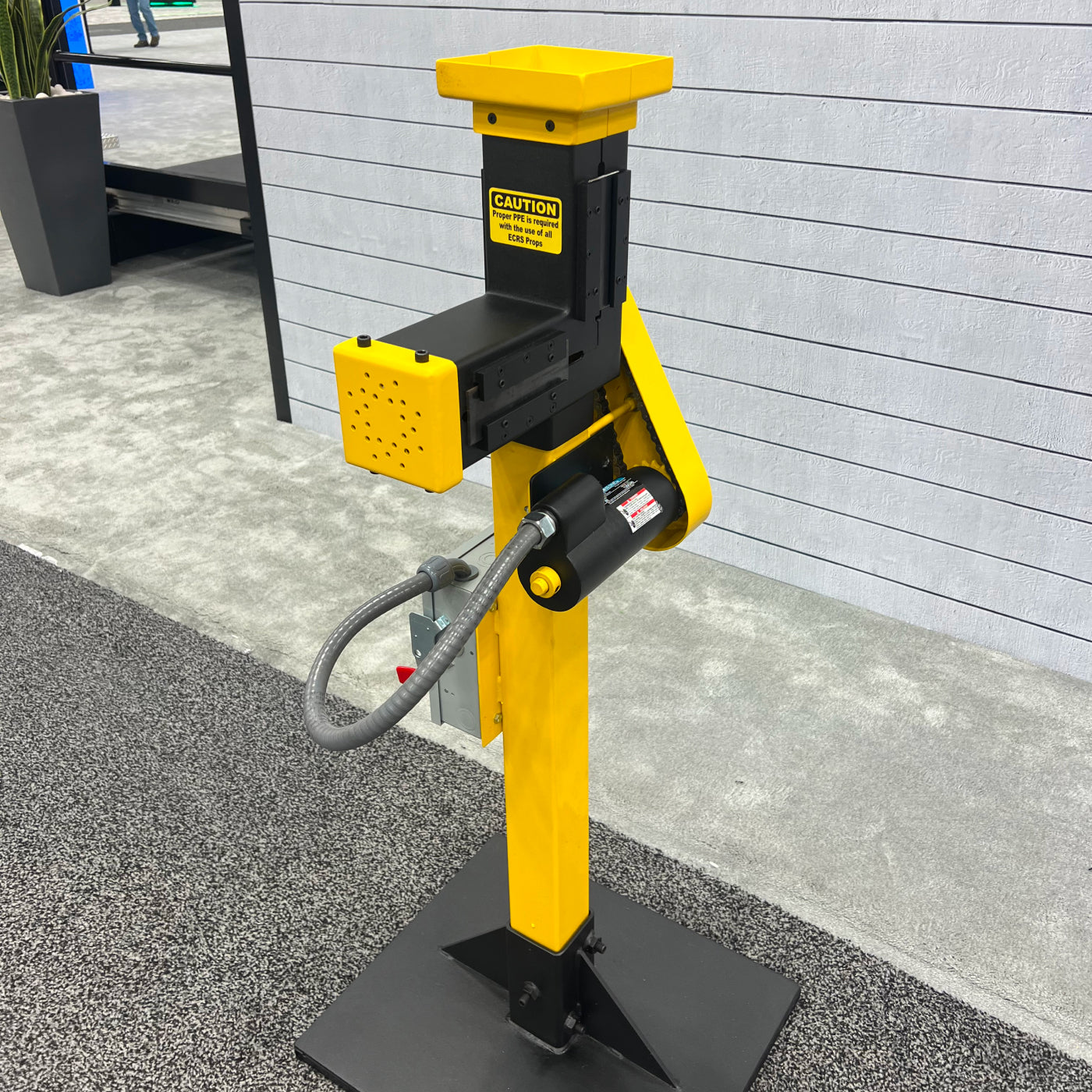A Personal Escape System (PES) is a critical lifeline for firefighters when everything else fails — but it doesn’t exist in a vacuum. For maximum effectiveness, PES training must be fully integrated into your department’s Rapid Intervention Crew (RIC) and Mayday curriculum. This ensures that every member — from the interior crew to the RIC team to command — knows how to use, support, and respond to bailout scenarios.
In this article, we’ll walk through why integration matters, how to do it, and best practices for creating a seamless, survival-focused training program.
Why PES and RIC/Mayday Training Must Work Together
When a firefighter bails out, it’s rarely an isolated event. Their descent triggers a chain reaction:
-
A Mayday is often declared.
-
A RIC team is activated or redirected.
-
Command decisions follow based on location, visibility, and resource allocation.
If your PES training happens in isolation from RIC and Mayday procedures, you’re leaving dangerous gaps in your survival system. Fireground chaos demands interoperability — your training should reflect that.
Step 1: Audit Your Current Curriculum
Before you add anything, take a close look at your current training standards:
-
Do your RIC drills involve scenarios where firefighters have used or are using PES?
-
Are Mayday training evolutions synchronized with potential bailout situations?
-
Are PES-equipped members clearly identified on accountability tags or personnel rosters?
This baseline audit helps identify where integration is missing and where you can immediately make improvements.
Step 2: Add PES Scenarios to RIC Drills
Every RIC team must be able to:
-
Recognize a deployed PES (e.g., rope out the window, open pouches, anchor points).
-
Respond to a bailout in progress — including determining whether the downed firefighter is inside, hanging, or already out.
-
Assist in a secondary rescue if the bailout was incomplete or injury occurred during descent.
Training examples:
-
Simulate RIC entry into a room where a member has just exited via PES.
-
Practice tracing the rope to the anchor to verify what happened and whether another member is involved.
-
Run scenarios where the RIC must assist a firefighter mid-descent (e.g., caught, tangled, unconscious).
Step 3: Train for Communication and Command Flow
Every Mayday involving a PES deployment needs to be supported by clean, confident radio traffic. Build this into your scenarios:
-
Firefighter declares:
“Mayday, Mayday, Mayday — FF Smith, Bravo side, second floor, deploying PES.” -
RIC acknowledges and moves to the windowed location.
-
Command tracks the member’s last known position and adjusts attack lines or evacuation order accordingly.
Drilling this radio flow reinforces the coordination between bailout actions and command-level decisions.
Step 4: Teach Dual-System Proficiency
Many firefighters struggle to operate their PES while already under Mayday conditions. Others have never practiced combining PES use with:
-
SCBA failures
-
Low-air or PASS alarm conditions
-
Entanglement hazards
-
Victim drag scenarios
PES training should not be a clean, quiet evolution every time. Build drills that incorporate:
-
Zero visibility
-
High-stress simulations (e.g., airhorn blasts, mayday declarations)
-
Combined objectives (e.g., initiate bailout while dragging a victim or transmitting a Mayday)
Step 5: Update SOPs, Pre-Plans, and Accountability Systems
Formal integration means making it part of your playbook. Consider:
-
Including PES checks in daily gear inspections.
-
Adding PES-specific questions to RIC size-ups and on-scene check-ins.
-
Marking viable PES anchor points in multi-family and commercial pre-plans.
-
Requiring minimum PES training for certain roles (e.g., roof crew, nozzle team).
The more consistent and visible your PES standards are, the more naturally they’ll blend into RIC and Mayday operations.
What Integration Looks Like on the Fireground
When fully integrated, a PES deployment becomes a coordinated survival strategy, not an isolated emergency. Here’s how that might look:
-
Firefighter transmits:
“Mayday, Firefighter Jones, second floor alpha, fire below, deploying PES.” -
Command designates a RIC team to the alpha side.
-
RIC arrives to find rope out the window, traces to anchor, confirms exit.
-
Firefighter is found safely outside, Command adjusts search and attack plans.
-
Debrief includes review of PES function, timing, communication, and RIC movement.
Conclusion
PES training isn’t a standalone checkbox — it’s a core component of your department’s survival strategy. By integrating it directly into your RIC and Mayday curriculum, you give your members the best possible chance of getting out alive—and bringing others with them.

